城乡建设与生活
服务商
city & town developer &
service provider
-
-
-
-
News
-
Contact
11
2024
-
12
How to Choose High-Quality Stainless Steel Kitchen Sinks?
Choosing the right stainless steel kitchen sink is crucial in creating a powerful, durable and stylish kitchen. With a wide variety of options to choose from, knowing the specific characteristics that indicate quality can prevent future inconveniences. Below is an in-depth guide to help you identify and select a quality stainless steel sink tailored specifically to your needs.”




Choosing the right stainless steel kitchen sink is essential for creating a functional, durable, and stylish kitchen. With various options available, understanding the specific features that indicate quality can save you from future inconveniences. Here's an in-depth guide to help you identify and select a premium stainless steel sink tailored to your needs.
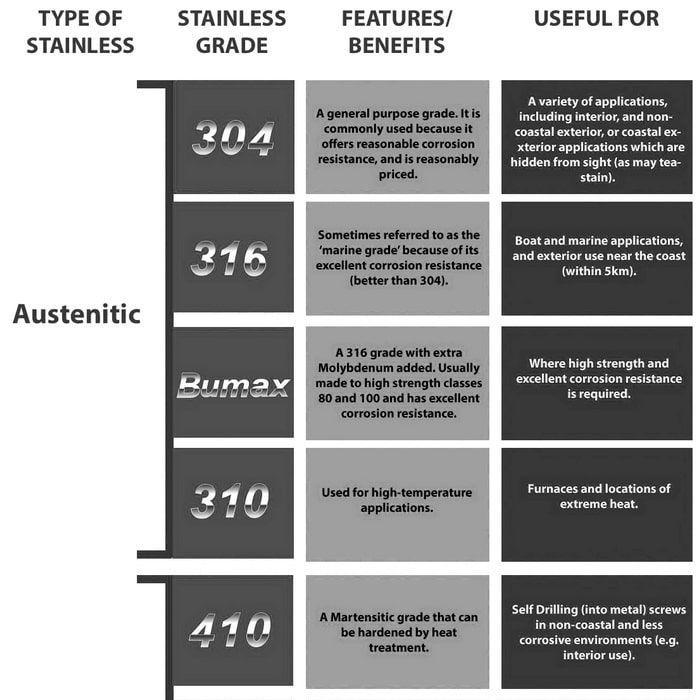
1. Understand the Steel Grade and Composition
The grade and composition of stainless steel determine its resistance to corrosion, staining, and rust.
304 Stainless Steel: Known as "18/10 stainless steel," this grade contains 18% chromium and 10% nickel, providing excellent corrosion resistance and durability.
316 Stainless Steel: Sometimes used in high-end sinks, it contains molybdenum for additional resistance in harsh environments (e.g., coastal areas).
Avoid lower grades like 430 stainless steel, which may be less resistant to rust and wear over time.
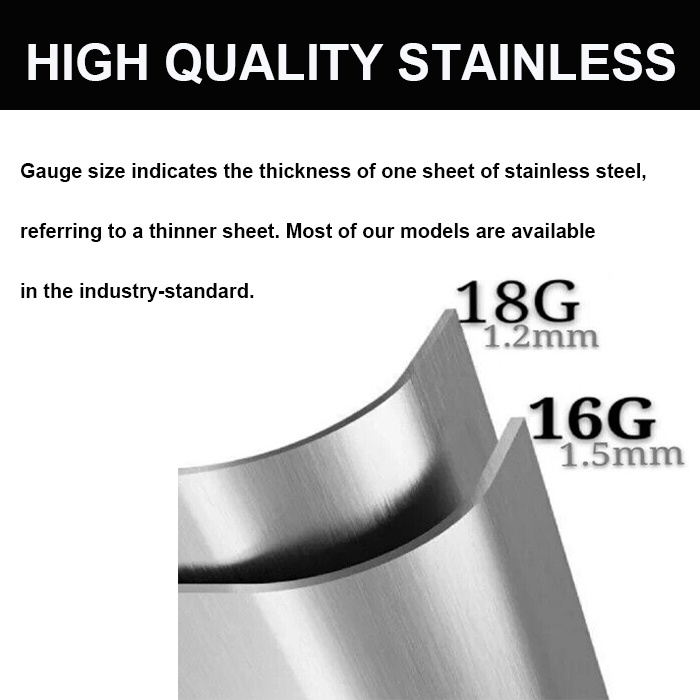
2. Assess Steel Thickness (Gauge)
The gauge of the steel impacts both durability and noise levels:
16-Gauge Stainless Steel: A thicker material (1.5 mm) that withstands heavy usage and resists dents and deformation.
18-Gauge Stainless Steel: Slightly thinner (1.2 mm) but still robust for most residential kitchens.
Avoid higher gauges (20 or above), which may feel flimsy and produce more noise during use.

The finish of a stainless steel sink not only impacts its aesthetic but also its longevity:
Brushed or Satin Finish: Resists scratches and water spots better, providing a sophisticated matte look.
Mirror Finish: Shiny and reflective but more prone to scratches and fingerprints, requiring extra maintenance.
Ensure the finish matches your kitchen design, considering practicality alongside appearance.
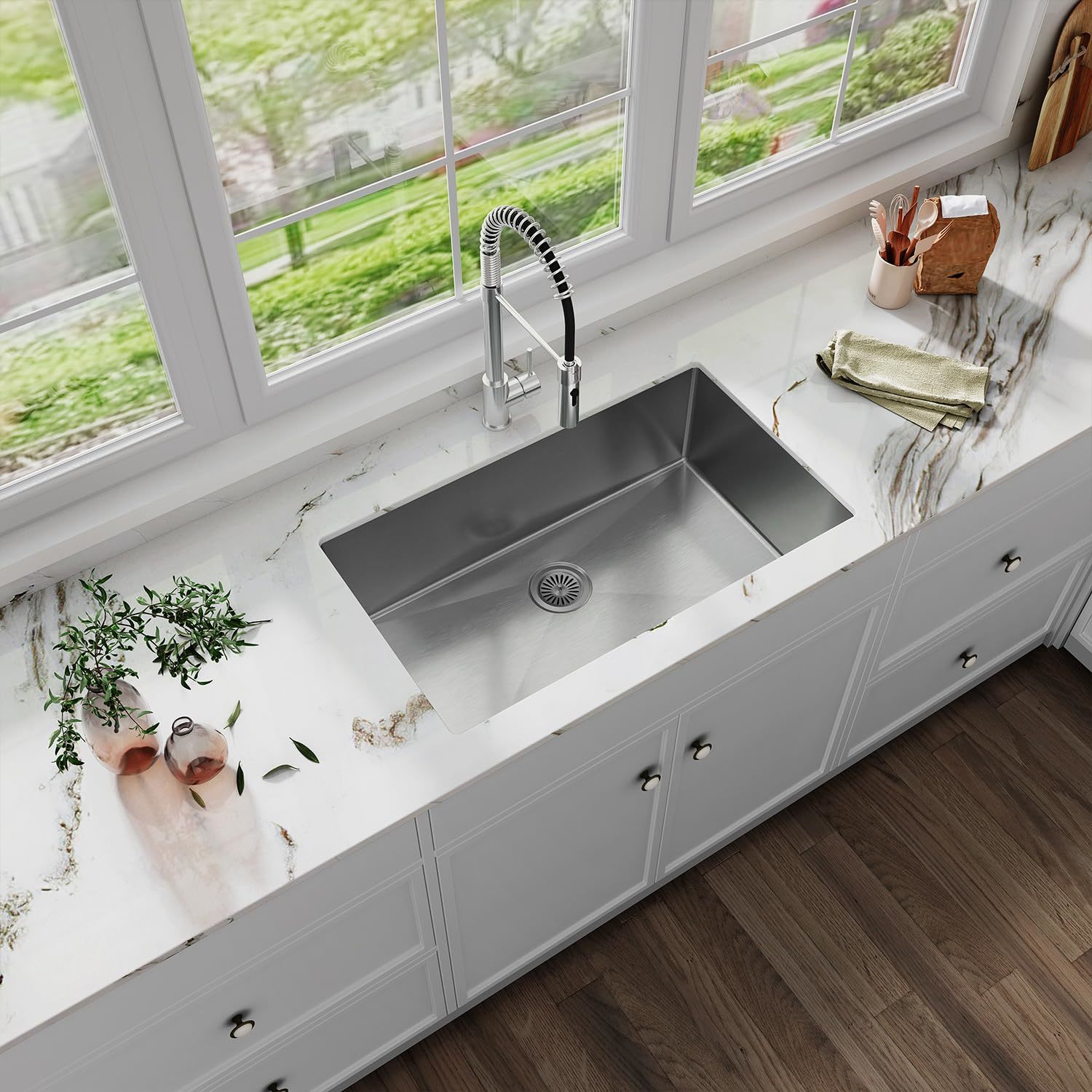
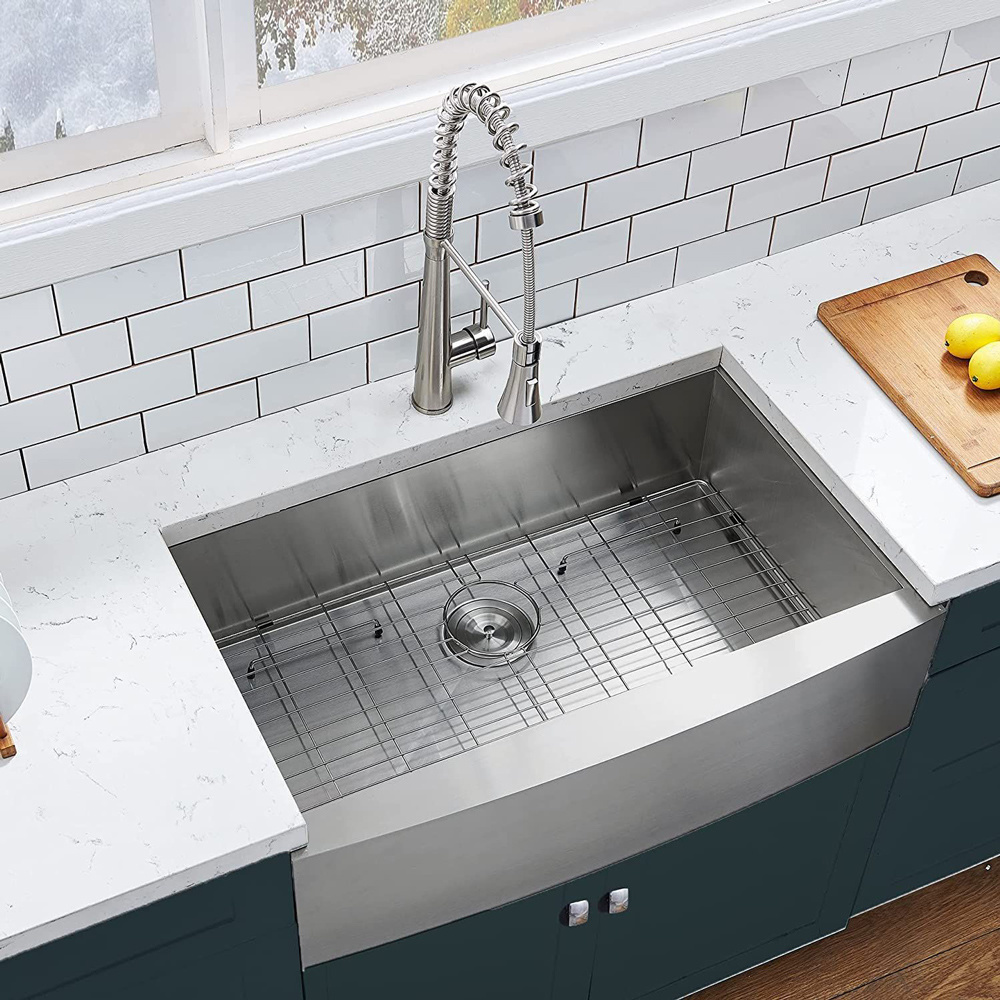
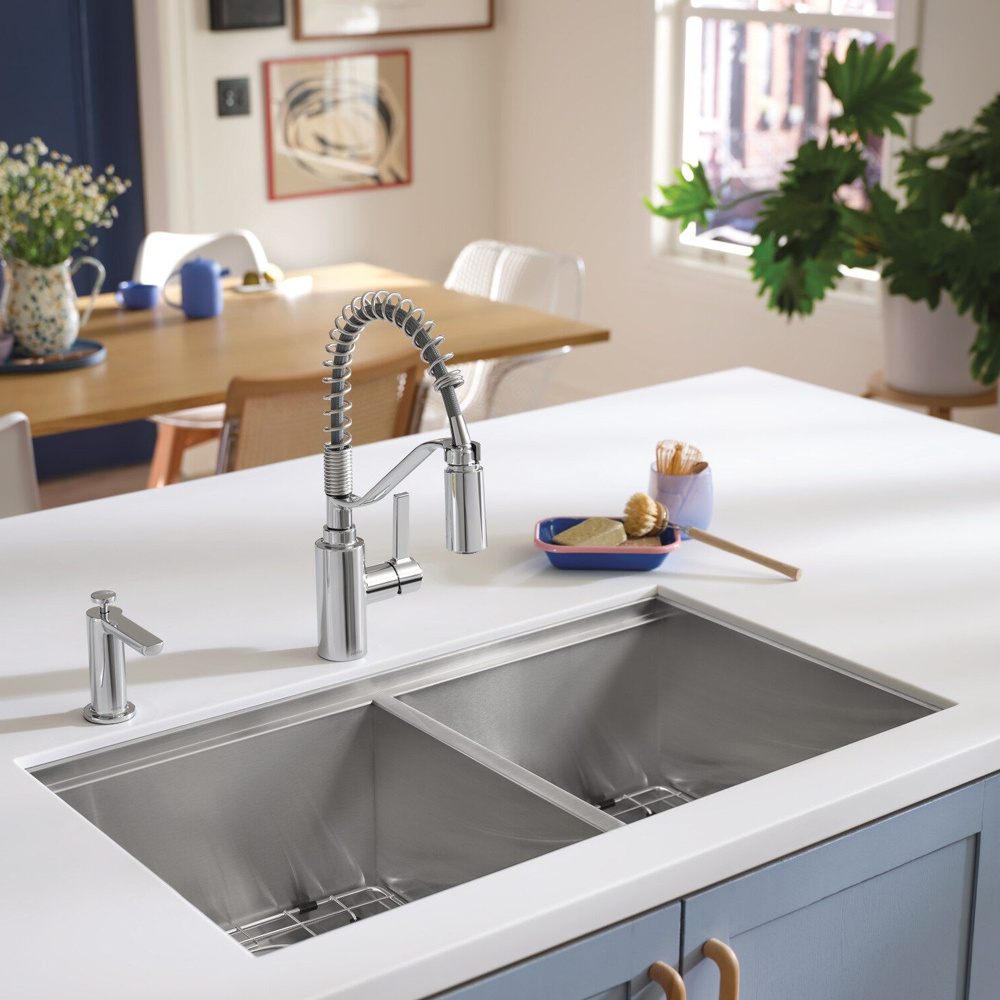
4. Bowl Design: Size, Configuration, and Depth
The shape and functionality of the bowl impact usability:
Single-Bowl Sinks: Ideal for large cookware and uninterrupted washing. Perfect for minimalist designs or compact spaces.
Double-Bowl Sinks: Allow separation of tasks, such as washing and rinsing, and are suited for larger kitchens.
Depth: A depth of 9–12 inches offers ample room for dishes and reduces splashing but may require ergonomic adjustments to avoid strain.
5. Inspect Craftsmanship: Welds and Edges
High-quality stainless steel sinks, especially handmade ones, should feature precise, smooth welds with no sharp edges or gaps. Poor welding can lead to leaks, rust, and reduced structural integrity over time.
6. Drain Placement and Functionality
Rear-Centered Drains: Provide more under-sink storage and better water flow.
Gently Sloped Bottom: Prevents water pooling while still holding dishes securely.
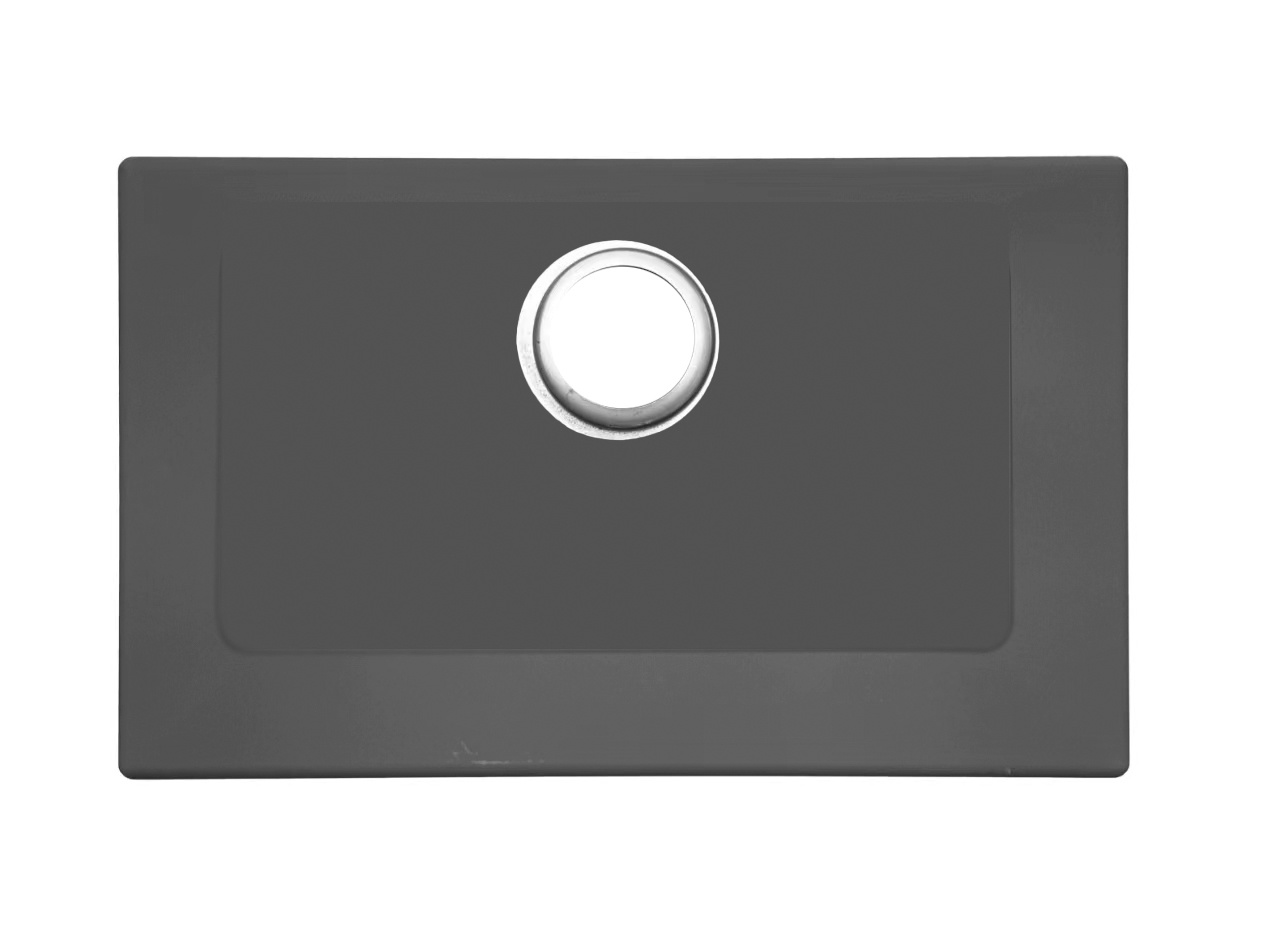
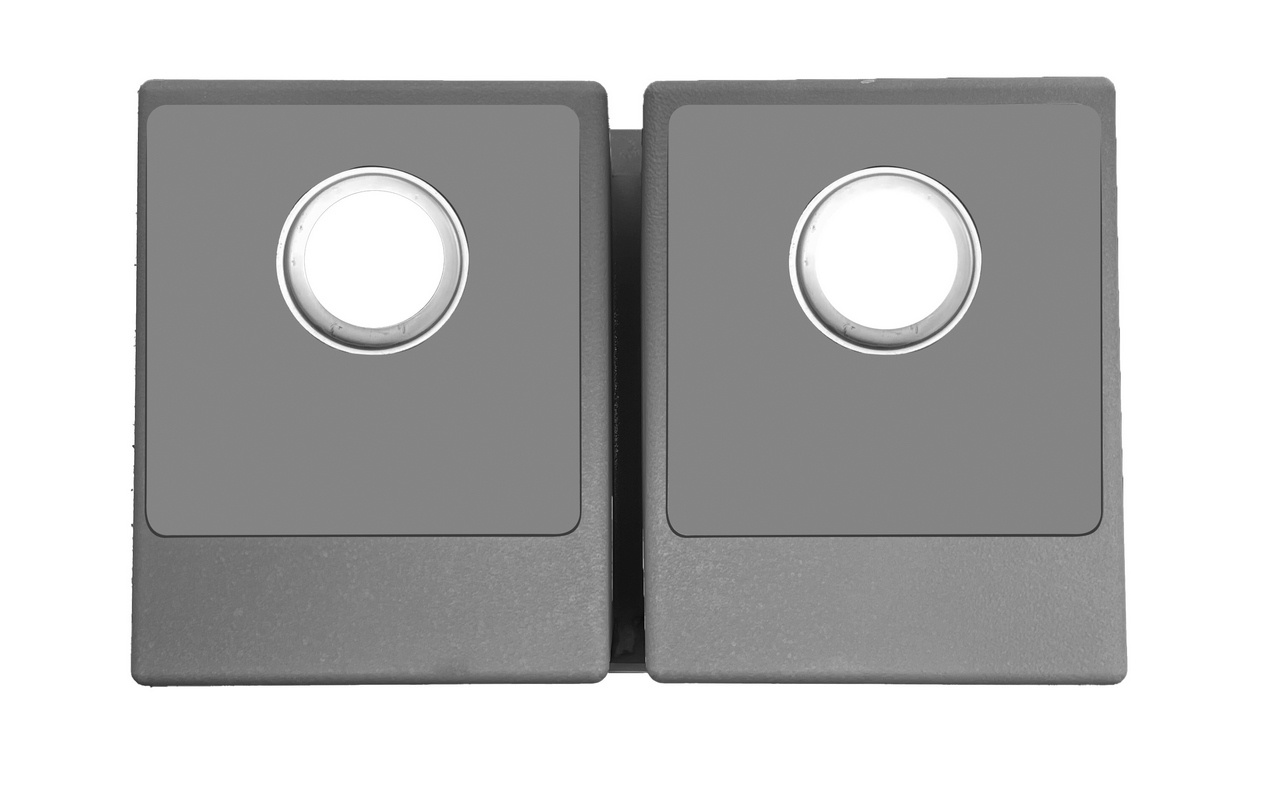
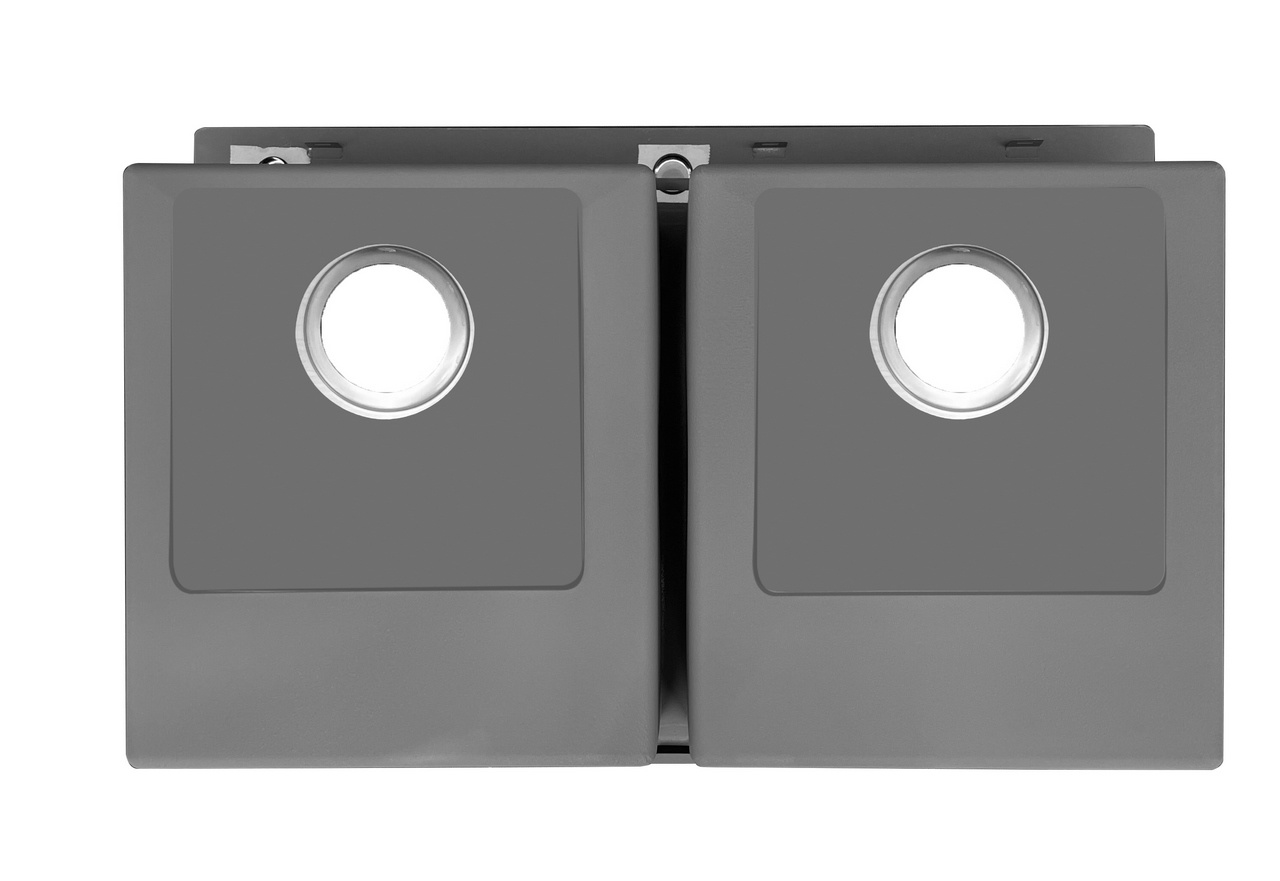
7. Soundproofing Features
Stainless steel sinks can be noisy, but premium models include noise-dampening solutions:
Sound-Dampening Pads: Reduce vibrations and clanging from dishes or running water.
Underside Coating: Further minimizes noise and protects against condensation damage to cabinetry.
8. Check for Certifications and Standards
Look for certifications such as cUPC (Uniform Plumbing Code compliance) or ISO standards, which ensure the product meets rigorous quality benchmarks.
Article is for reference only. If there is any infringement, please contact me for removal!
undefined


@2024 All Rights BEST VIETNAM INDUSTRY CO.,LTD. Reserved.
PowerBy:300.cn SEO Privacy Policy
COOKIES
Our website uses cookies and similar technologies to personalize the advertising shown to you and to help you get the best experience on our website. For more information, see our Privacy & Cookie Policy
COOKIES
Our website uses cookies and similar technologies to personalize the advertising shown to you and to help you get the best experience on our website. For more information, see our Privacy & Cookie Policy
These cookies are necessary for basic functions such as payment. Standard cookies cannot be turned off and do not store any of your information.
These cookies collect information, such as how many people are using our site or which pages are popular, to help us improve the customer experience. Turning these cookies off will mean we can't collect information to improve your experience.
These cookies enable the website to provide enhanced functionality and personalization. They may be set by us or by third-party providers whose services we have added to our pages. If you do not allow these cookies, some or all of these services may not function properly.
These cookies help us understand what you are interested in so that we can show you relevant advertising on other websites. Turning these cookies off will mean we are unable to show you any personalized advertising.





